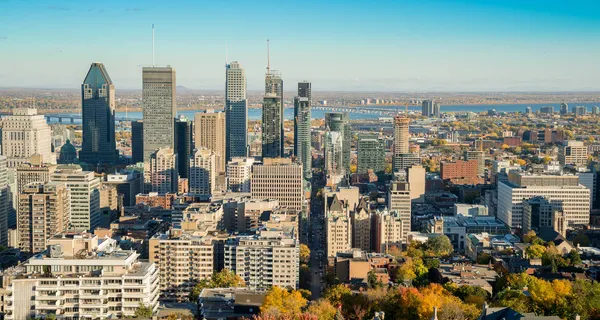On this page
With four well-defined seasons, Montréal provides unique and memorable experiences throughout the year. Founded in 1642, the city has a vibrant history that has been preserved and honored through the present day.
Wheelchair accessibility in Montréal is improving, with increased investment in accessible transportation and infrastructure. The city’s relatively compact footprint and an accessible city bus system make it easy for wheelchair users to get around. While the city is not totally barrier-free, the majority of tourist attractions are accessible.
My recent trip to Montréal was made possible thanks to the generous support of Kéroul, Québec For All, Tourisme Montréal and other partners. This wheelchair travel guide is the result of our collaboration and I share it as a resource for planning your own accessible Montréal vacation.
Accessible Hotels in Montréal
The Province of Québec has not published accessibility requirements for hotels, but some properties have chosen to go above and beyond to provide accessible accommodations.

During my trip to Montréal, I had the pleasure of staying at The Ritz-Carlton Montreal, the city’s most luxurious hotel. My guest room was very accessible and included a roll-in shower.
Thanks to my friends at Québec For All, I can confirm that the following properties offer wheelchair accessible hotel rooms with roll-in showers in Montréal:
- Alt Hotel Montreal
- Embassy Suites by Hilton Montreal
- Hôtel de l’Institut (ITHQ)
- Hyatt Regency Montreal
- Le Centre Sheraton Montreal Hotel
- Le Westin Montreal
- Renaissance Montreal Downtown Hotel
- Residence Inn Montreal Downtown
If you have identified any other hotels in Montréal that are wheelchair accessible, please let me know in the comments below!
Attractions & Sights – Things to Do
Although my time in Montréal was short and I wasn’t able to do everything I wanted, I still explored a great deal of the city. Most of Montréal’s tourist attractions and historical sites are wheelchair accessible.
Tourists may benefit from Passeport MTL, which provides access to 28 attractions and unlimited use of public transit for 2 or 3 days. More information is available at www.passeportmtl.com.
Pointe-à-Callière Museum
The Pointe-à-Callière museum is an archaeology and history complex located on the historic site where the City of Montreal was founded. The museum documents the region’s history from the early settlements of Indigenous People up to the present day.
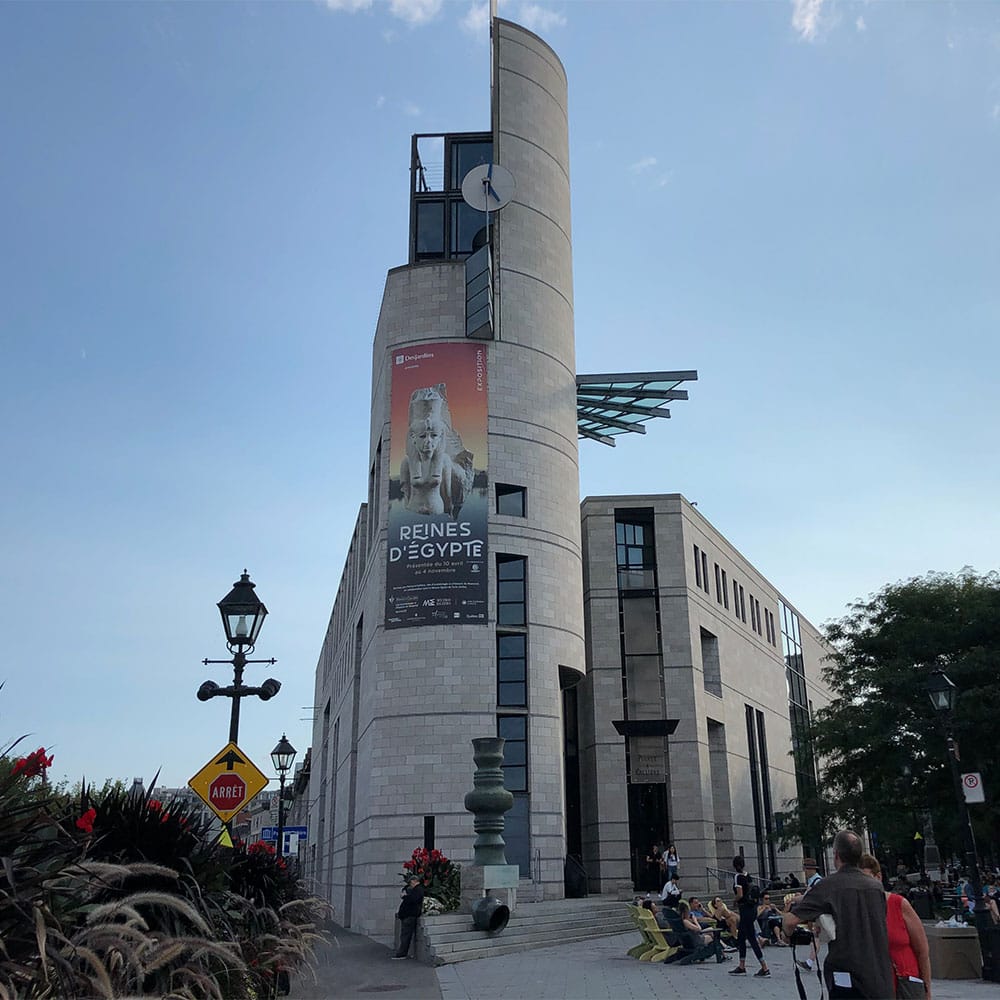
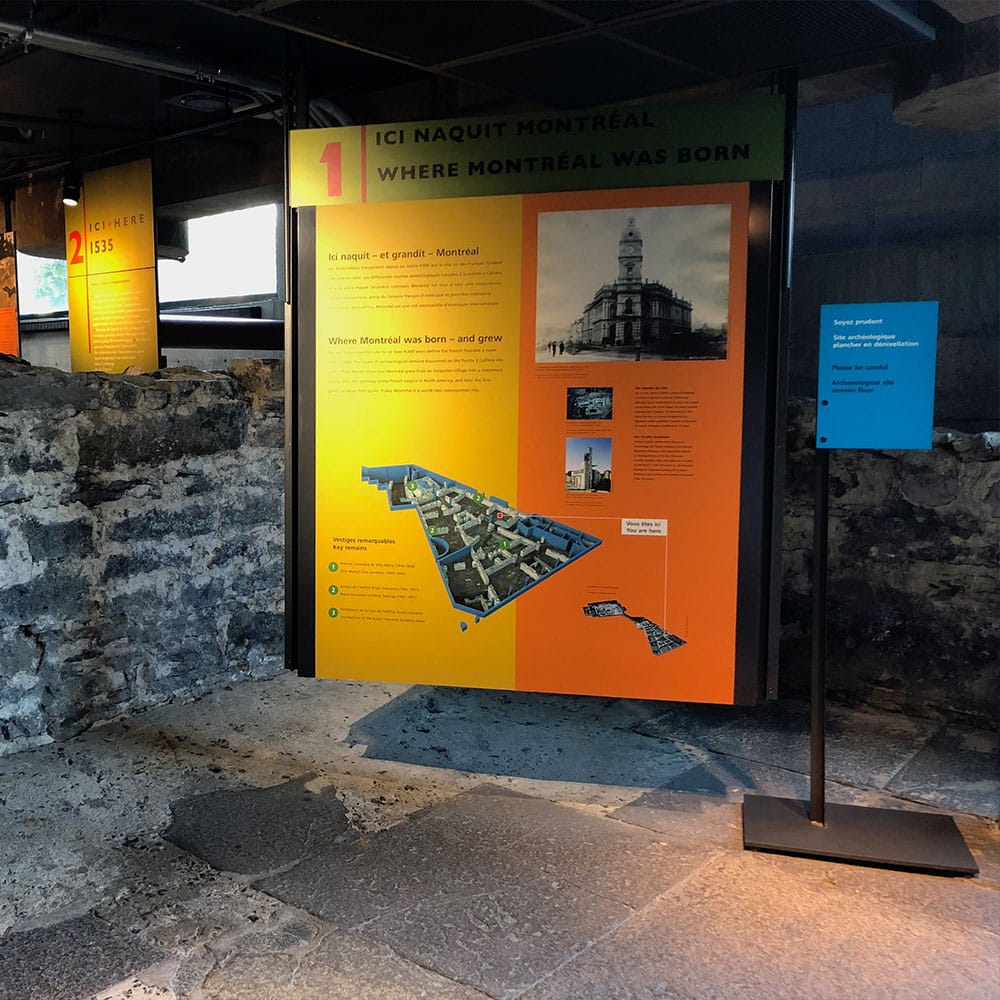
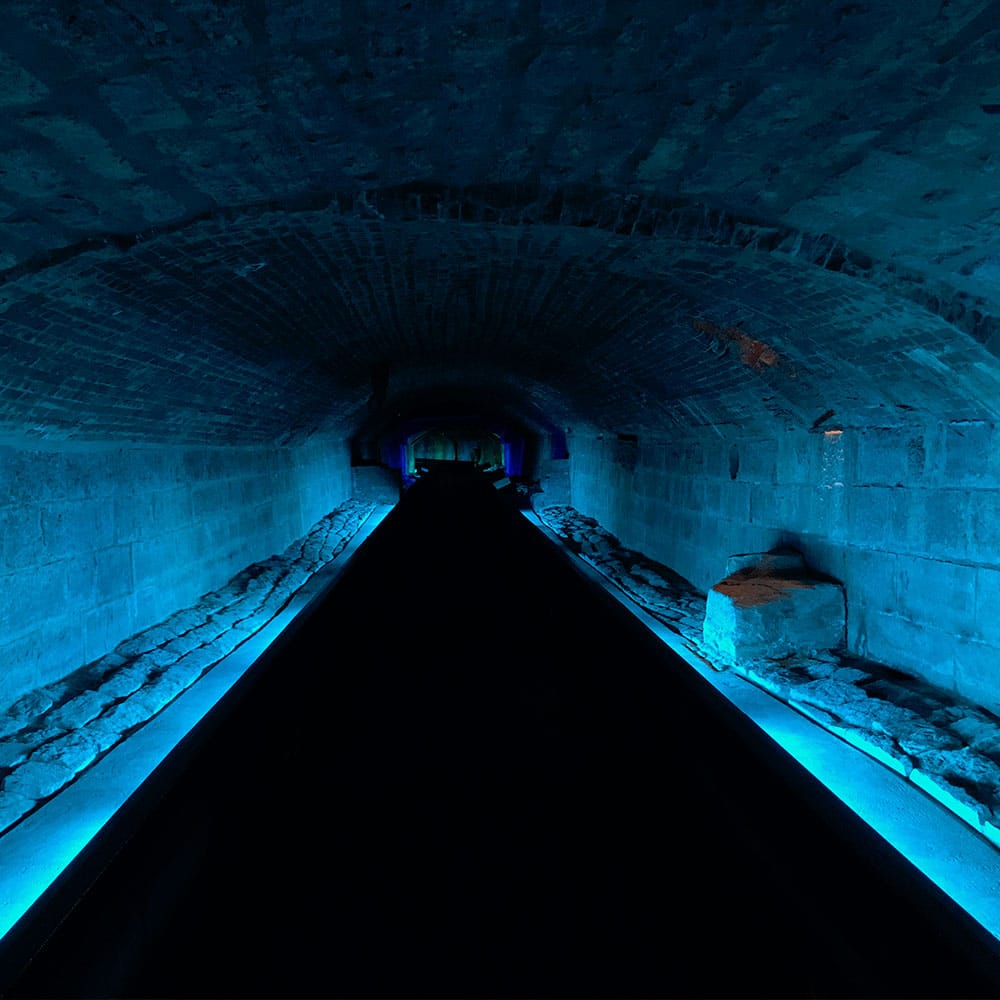
The complex is large, spanning multiple buildings and including underground excavations. Ramps, elevators and lifts make the buildings wheelchair accessible. A network of tunnels links the buildings, including one tunnel which was previously a portion of the continent’s very first collector sewer, and which dates to the 1830s.
Permanent exhibitions detail the history of Montreal’s founding, the interactions between natives and French settlers and the development of Montreal as a major city. Some of the temporary exhibitions on offer during my visit focused on the history of telephony and the Queens of Egypt.
The cost of admission is $22 CAD (~$16 USD) for adults, $19 CAD for seniors (age 65+) and $15 CAD for young adults (age 18-30). Special family packages are available. Museum admission is included with the MTL Passeport. More information is available at www.pacmusee.qc.ca.
Montreal Museum of Fine Arts
Founded as a small art association in 1860, the Montreal Museum of Fine Arts has grown to become one of the most important museums in Canada. It has been located on Sherbrooke Street since 1912 and now occupies more than half a million square feet of space.
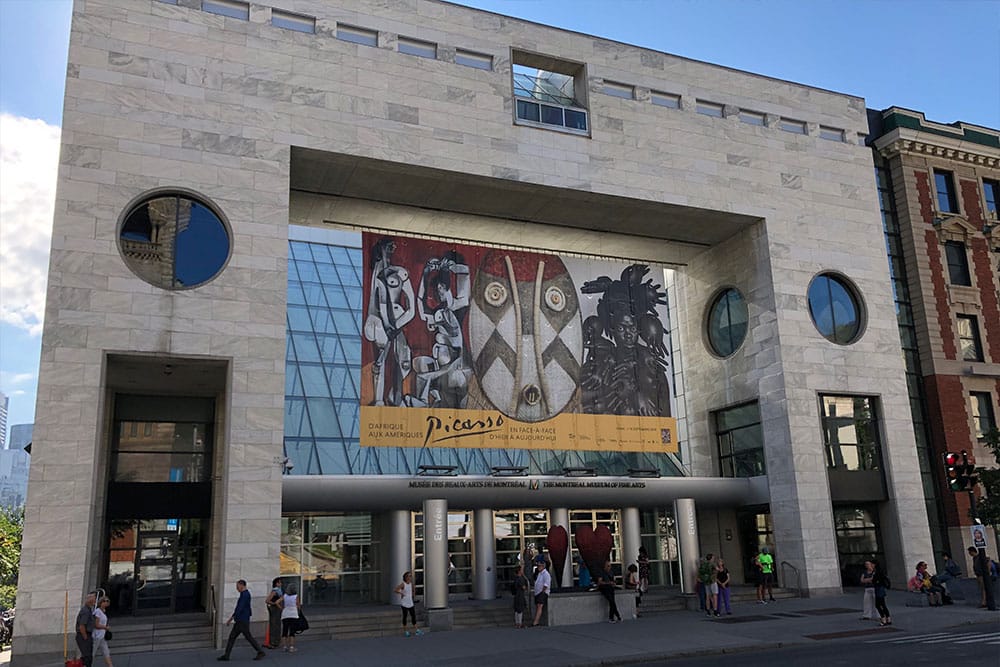
The museum consists of 5 buildings or pavilions, all connected via underground or enclosed walkways. The main entrance is the Jean-Noël Desmarais Pavilion, which houses the contemporary and modern art collection.
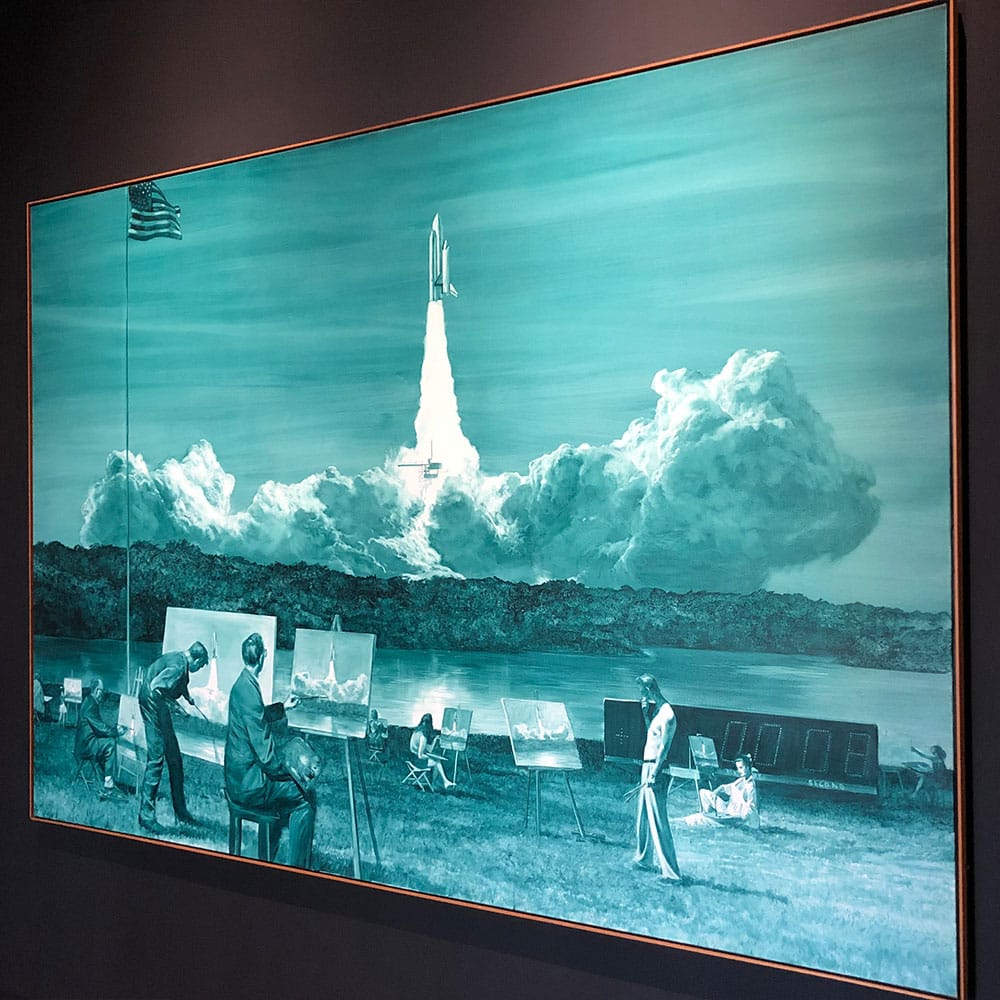
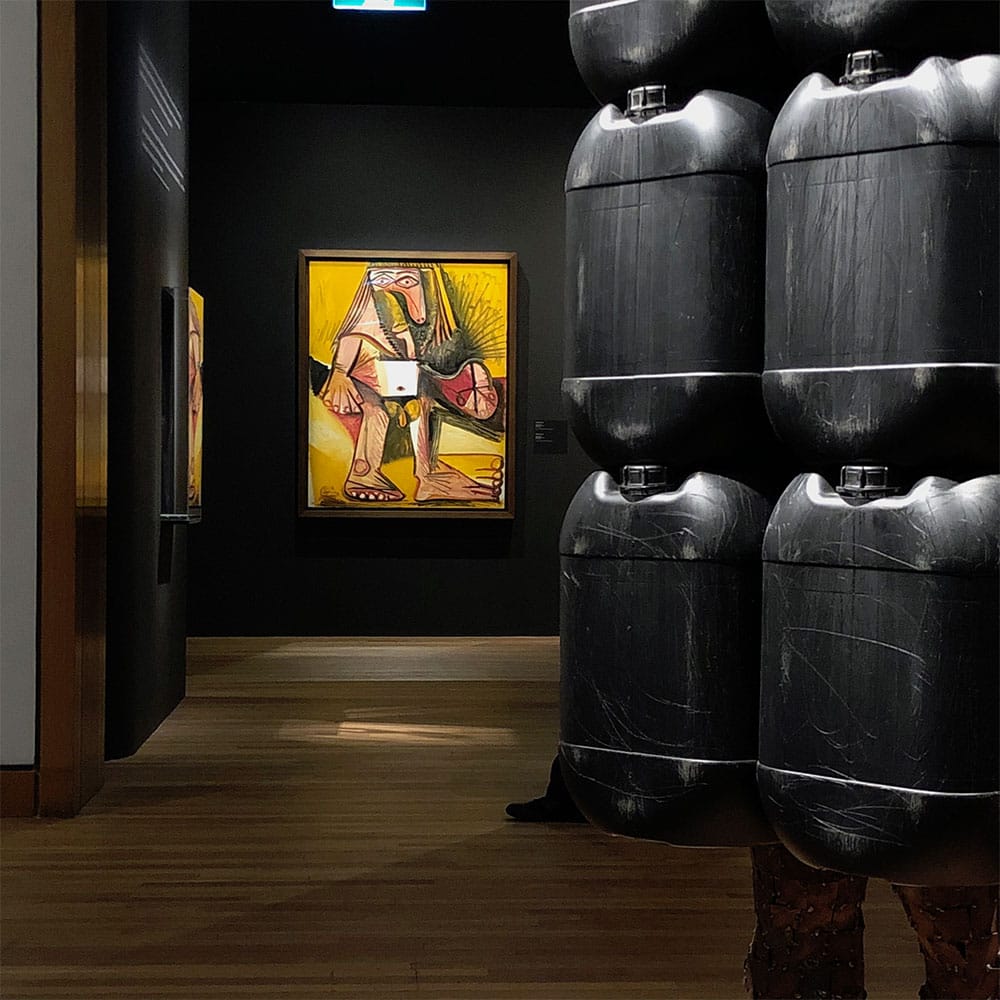
The other pavilions are dedicated to Quebec and Canadian Art, World Cultures, Decorative Arts and International Art. You’ll need a full day (or days) to explore it all.
A single ticket provides access to all 5 pavilions. The cost of admission depends on. variety of factors, with details available on the museum website. People with disabilities are generally admitted without charge. The MMFA is also included as part of the MTL Passeport.
Place Ville Marie Observatory
Built in 1962, the 47-storey Place Ville Marie building is an important fixture in the Montreal skyline. Its 46th floor and rooftop are now home to an observatory where visitors can take in a bird’s-eye view of the city down below.
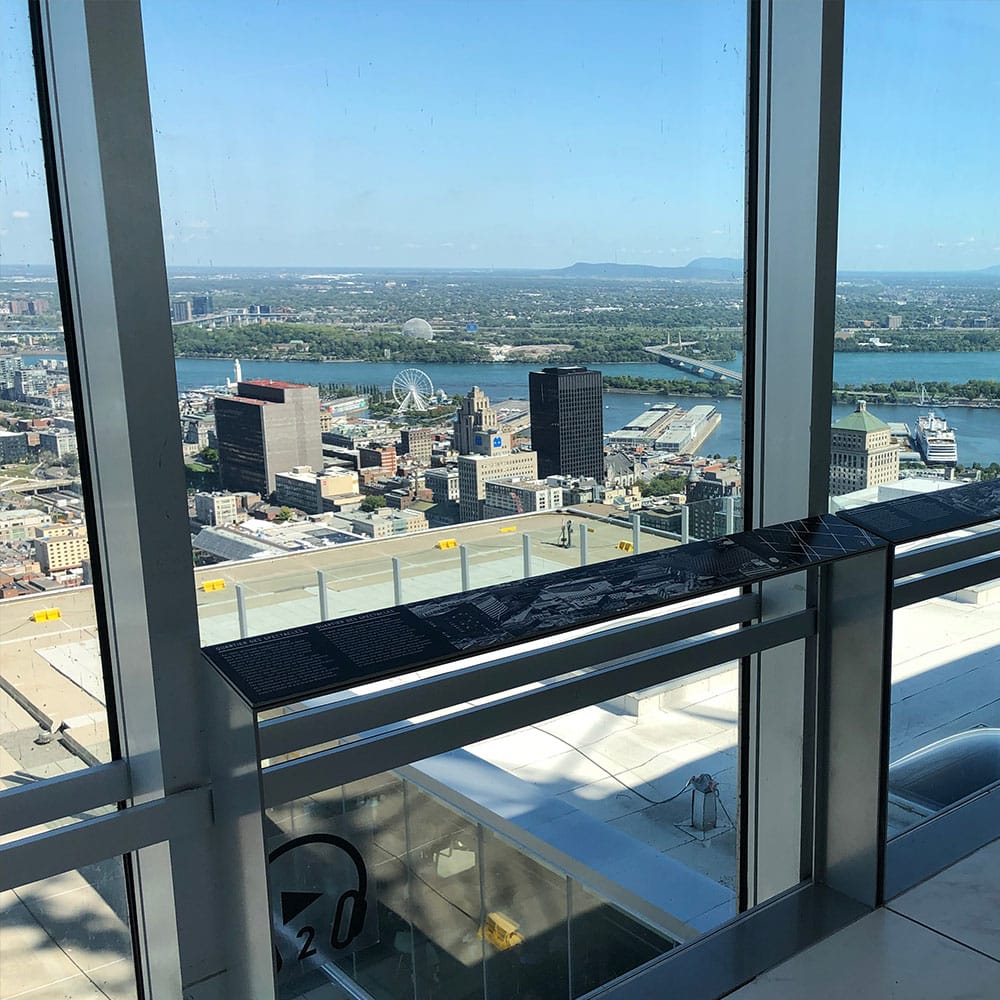
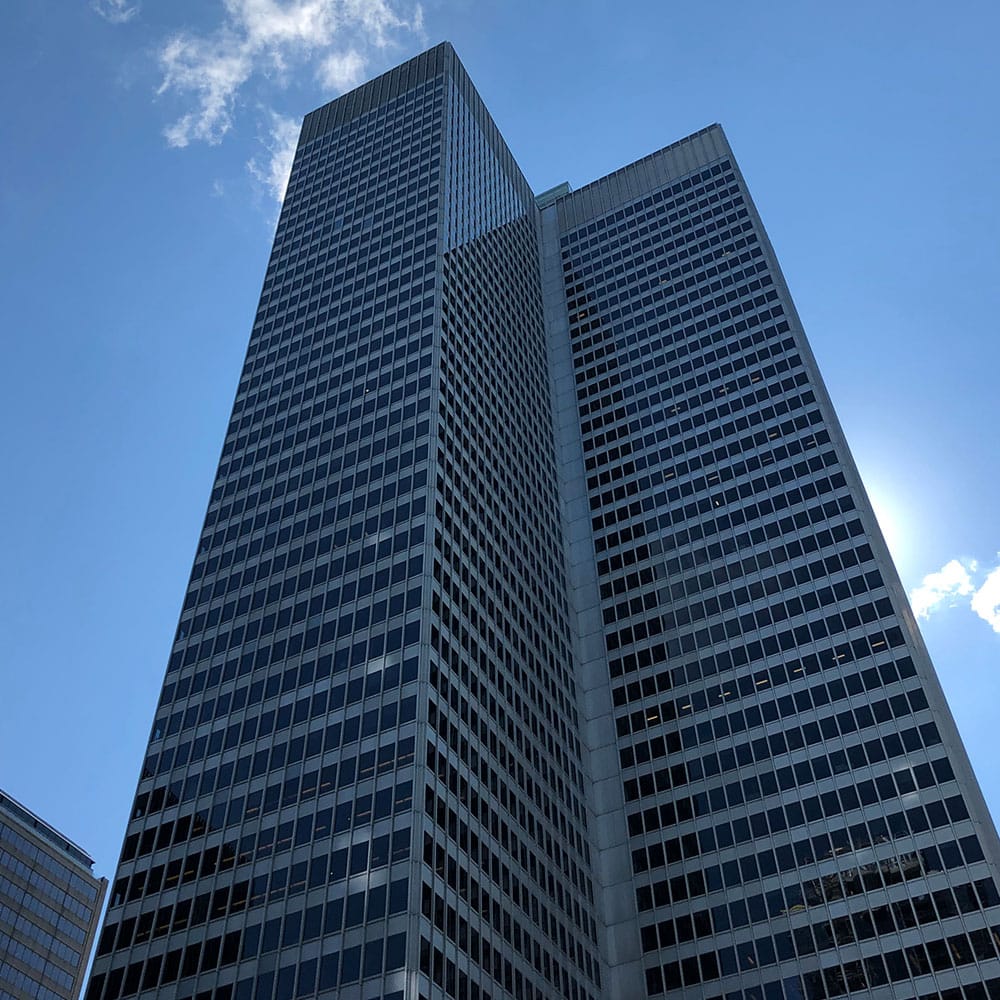
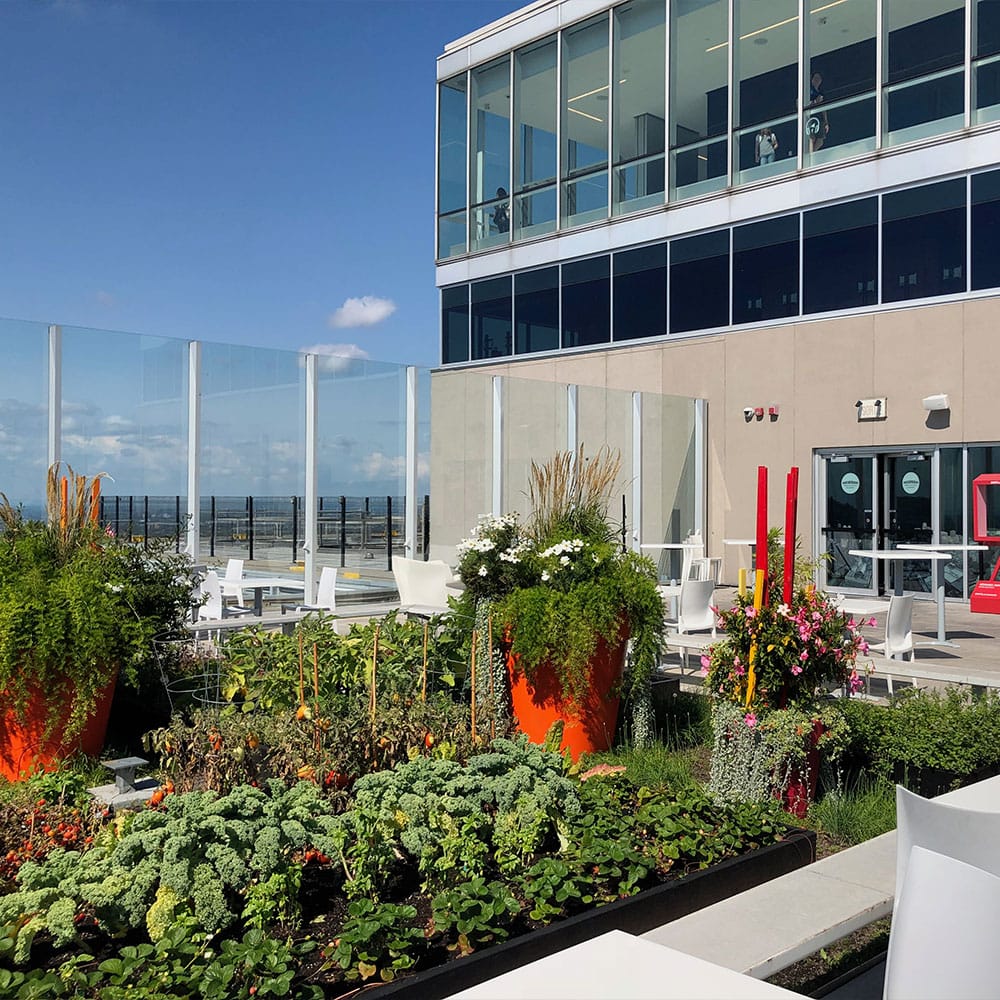
The observation deck and rooftop patio are wheelchair accessible and accessed via elevator. The price of admission is $19 CAD (~$14 USD) for adults or $18 CAD for seniors (age 65+). Admission is included in the MTL Passeport.
A highly-rated restaurant, Les Enfants Terribles, is located on the 44th floor. No admission fee is required to dine in the restaurant.
For more information on the Place Ville Marie Observatory, visit www.observatoire360.com.
Montreal Biosphere
The Montreal Biosphere Environment Museum is located inside a geodesic dome that was built for the 1967 International and Universal Exposition (Expo 67) on Saint Helen’s Island in Montreal. The museum is funded by the Canadian government.
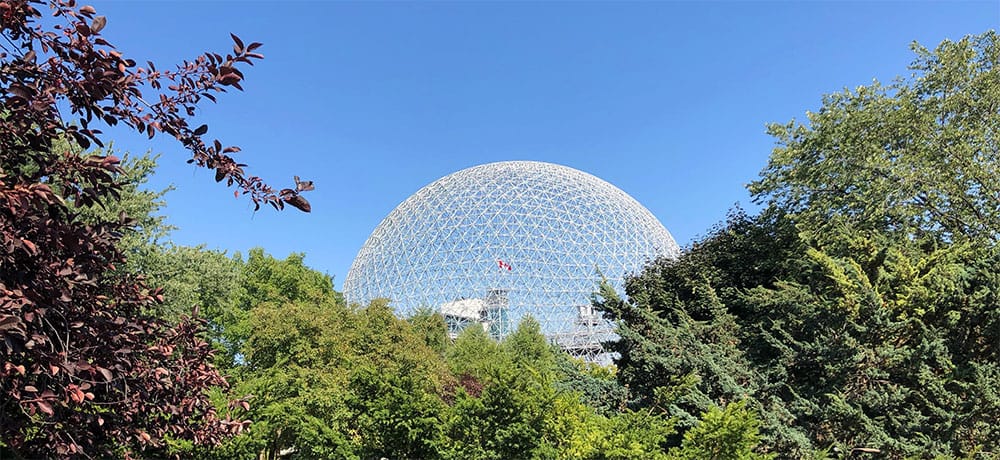
Permanent and temporary exhibits exist to educate visitors on the environment and things like weather, natural habitats, renewable energy and global warming.
The museum is wheelchair accessible, as are the outdoor platforms high up inside the biosphere’s dome. Elevators and ramps make this access possible. It is a great view worth seeing.
Admission is priced at $15 CAD (~$11 USD) for adults and $12 CAD for seniors (age 65+). The MTL Passeport is valid at the Biosphere. More information is available on the Biosphere museum website.
Parc Jean-Drapeau
Spanning two islands, Saint Helen’s Island and the artificial Notre Dame Island, Parc Jean-Drapeau is a public park that is open year-round.
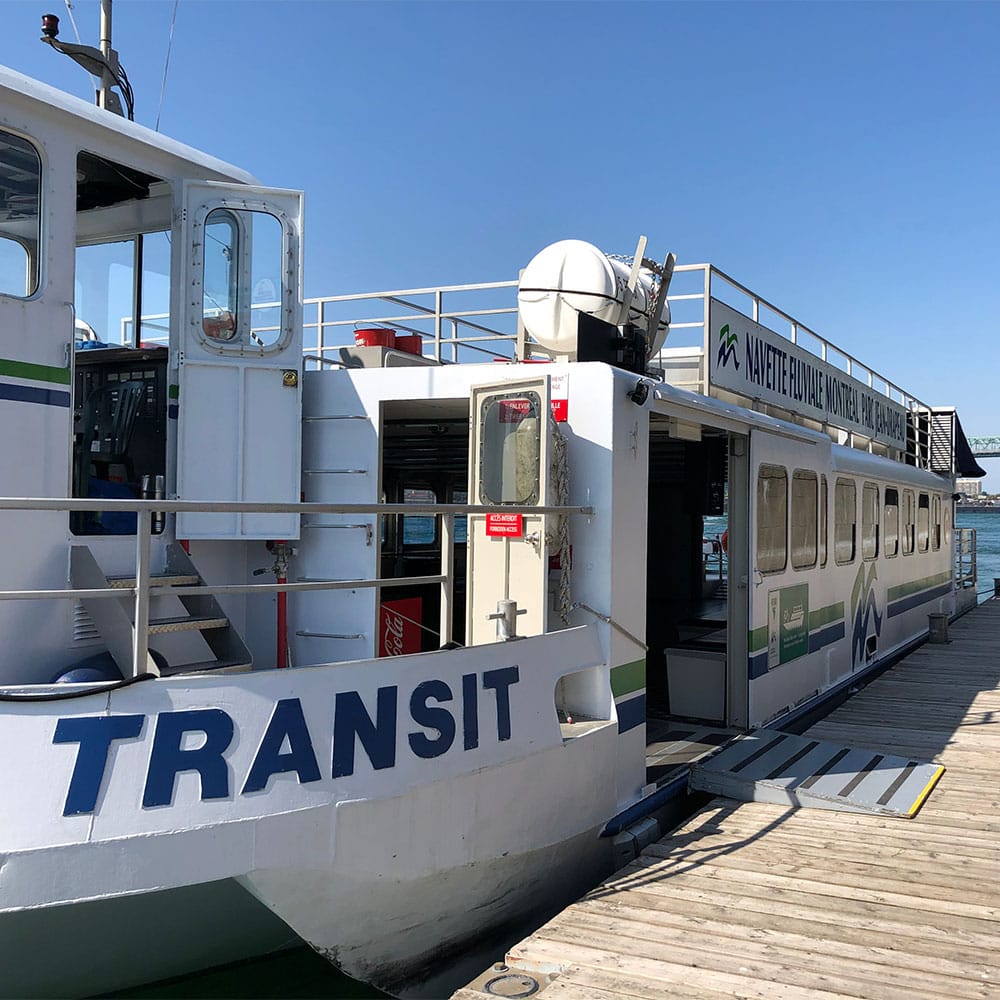
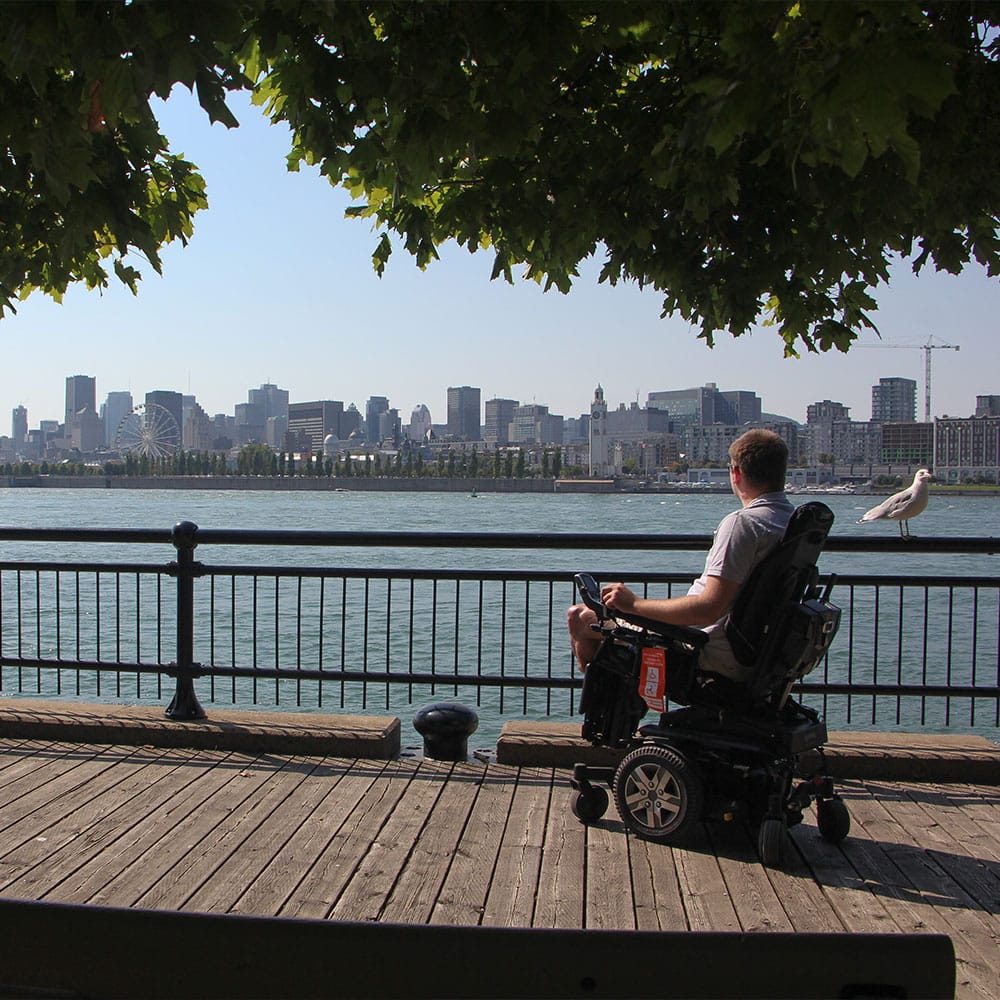
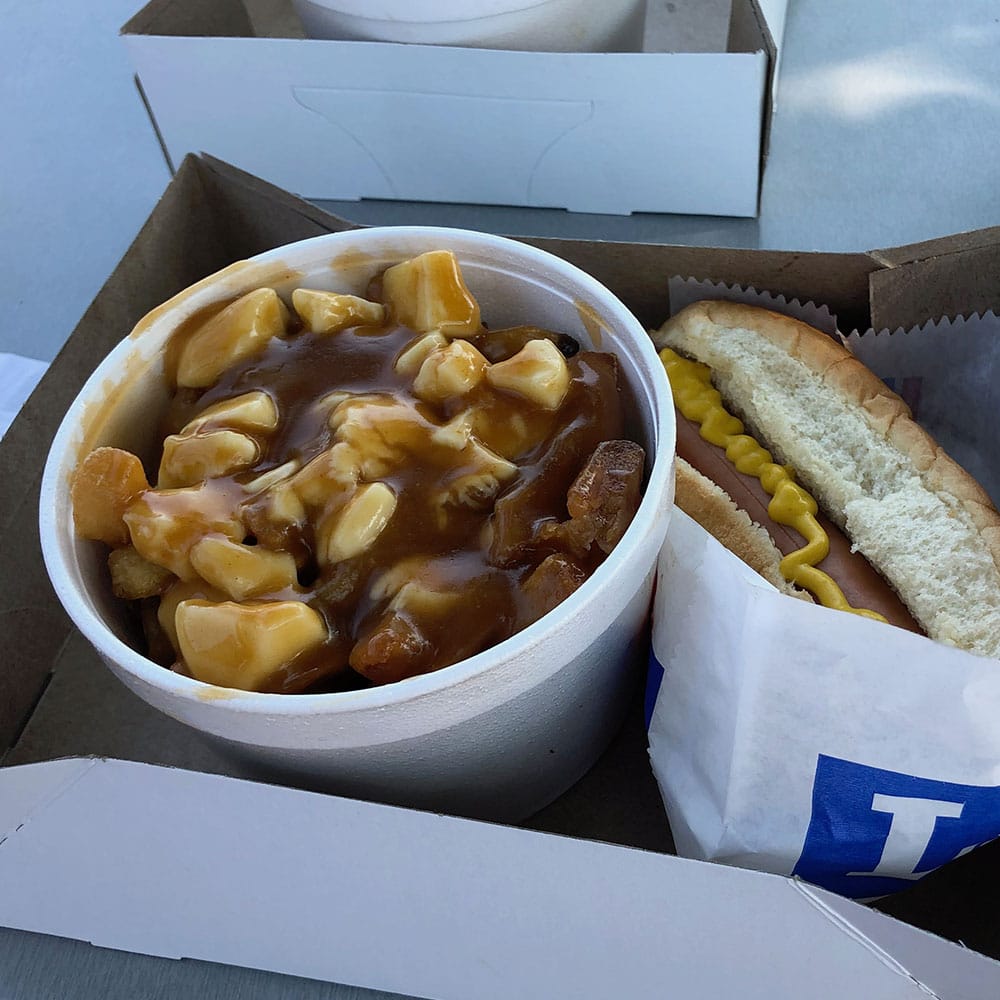
Some of the park’s attractions include the Montreal Biosphere, the Six Flags La Ronde amusement park, the Montreal Casino, a Formula-1 race track, an outdoor concert venue, an Olympic rowing basin and a beach. Attractions, concerts and events held on park grounds throughout the year may be free or paid. More information on the park and upcoming events is available at www.parcjeandrapeau.com.
Walking (or rolling) around the park is always free, and the views of Montreal from the islands are beautiful. Food trucks are often set-up inside the park, and it is here that I tried poutine for the first time!
The park is accessible via the river shuttle (details here), which departs from the Jacques-Cartier Pier in Montreal’s Old Port. The shuttle ride costs $4.25 and the boats are wheelchair accessible.
Accessible Day Trips in Québec
Montreal is a beautiful city, but why not strive for more? The Province of Québec is a Canadian treasure and there is so much more to explore. Here are a few day/overnight trips you should consider.
Wheelchair Accessible Québec City
First settled by Jacques Cartier in 1535 and founded by Samuel de Champlain in 1608, Québec City is one of the oldest cities in North America. Located three hours from Montréal by car, train or bus, it is close enough to explore for a long day, and lovely enough to visit on an overnight or multi-day trip.
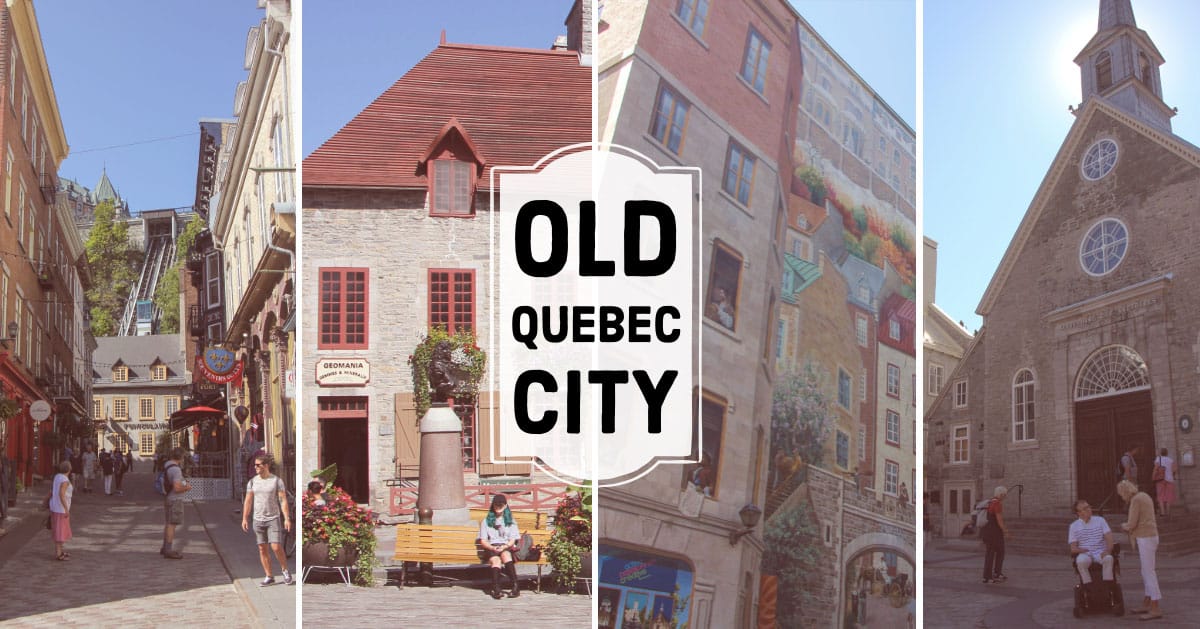
During my short time in Québec City, I stayed at the very accessible Delta Hotels Quebec, which is located right downtown.
One of my favorite activities was taking a walking tour of Old Quebec City, a historic town center and a UNESCO World Heritage Site. Wheelchair users can ride the historic funicular, one of the oldest in North America, free of charge. You can also check out the central square, which was used as a filming location in the blockbuster movie, ‘Catch Me If You Can.’
Since Québec City is such a charming and beautiful city, it made sense to see it from the air and take my very first wheelchair accessible helicopter ride! The staff at GoHelico were fantastic, and I couldn’t have had a more enjoyable time.
After arriving to the city, I was hosted for dinner at Le Monastère des Augustine, a health and wellness retreat. The retreat center occupies a former monastery of the Cannonesses of St. Augustine of the Mercy of Jesus, a Roman Catholic religious order whose mission is to care for the sick. The sisters managed the Hotel-Dieu de Québec hospital from its founding in 1637 until 1962. Their legacy is an important component of the wellness center, which is accessible and open to all – whether for dinner, an overnight stay or a total retreat.
Eastern Townships
The Eastern Townships is a tourist region in southeastern Quebec, starting south of the Saint Lawrence River and extending to the United States border. Sherbrooke, the largest city in the townships, has a population of about 160,000 people. It is approximately 2 hours’ drive east of Montreal and 3 hours south of Quebec City.
The area is marked by natural beauty, hills, mountains, ski slopes and countryside. During our tour of the Eastern Townships, we centered ourselves in Sherbrooke and stayed at Hotel Le Floral, a very accessible accommodation.
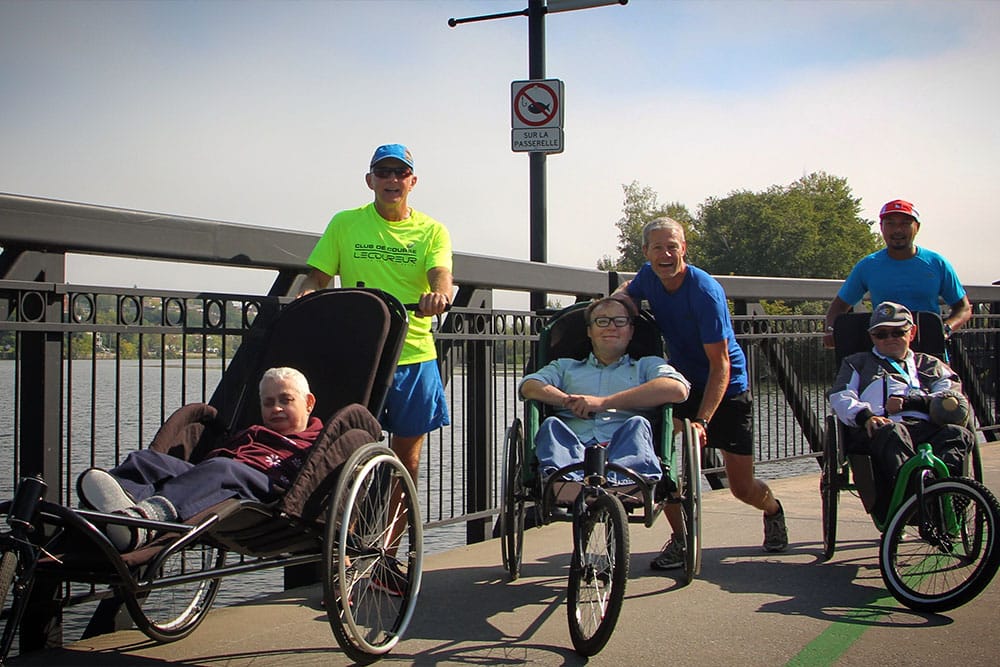
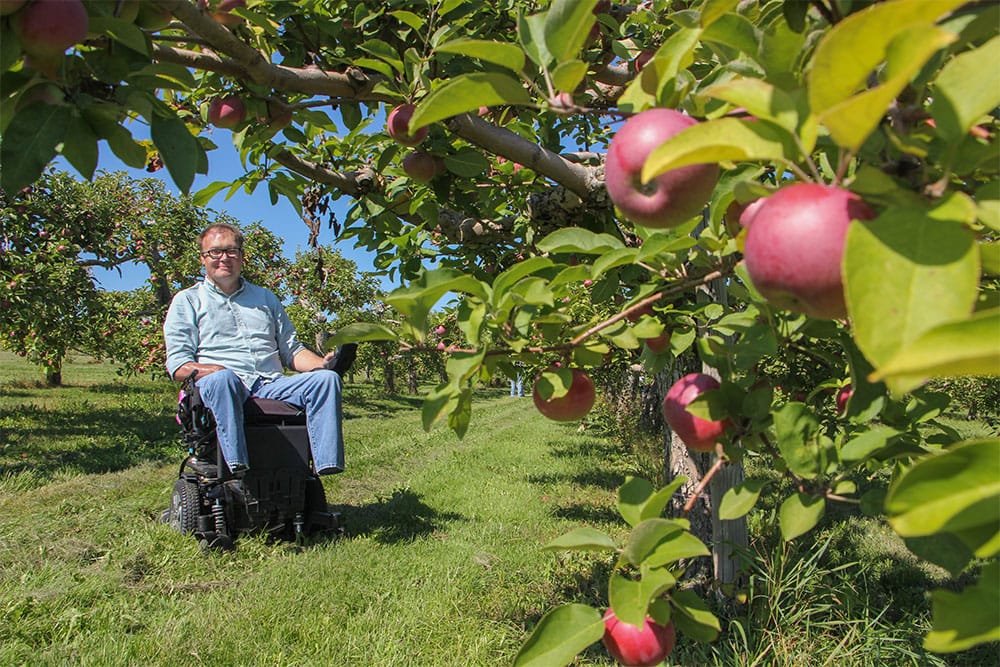
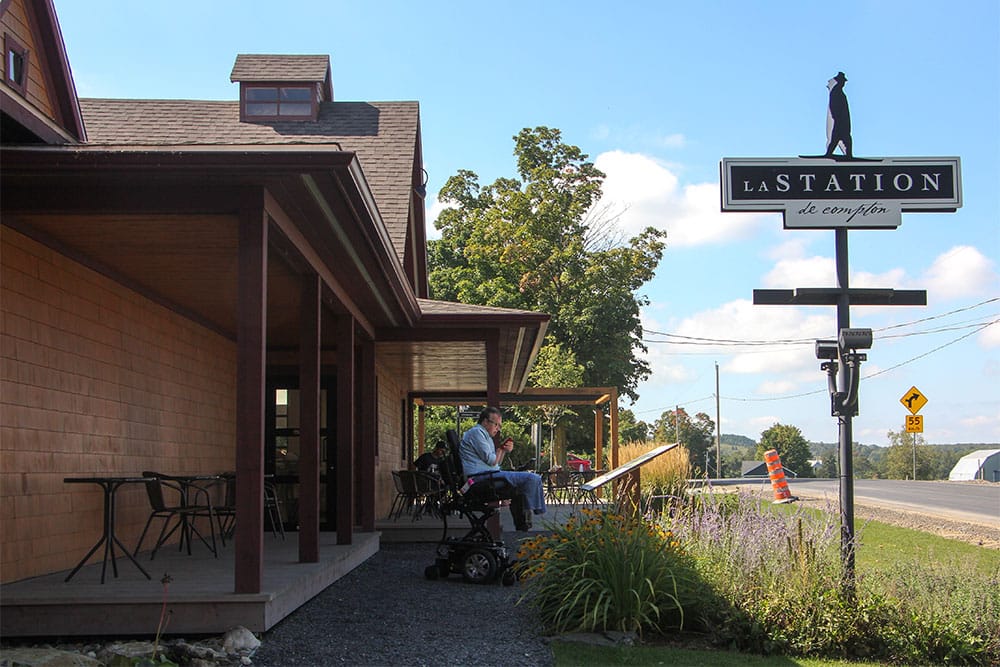
During my first day in the townships, I participated in one of the free Sherbrooke Shared Runs, which bring people with disabilities together with volunteer runners and a Kartus chair to experience the beautiful Jacques Cartier Park.
I enjoyed many other accessible activities including a tour of the Cidrerie Verger Ferland apple orchard, a cheese tasting at La Station de Compton and dinner at the beautiful Château-Bromont.
Sidewalk Accessibility
The vast majority of sidewalks in the touristic areas of Montreal are wheelchair accessible with curb ramps at street crossings and intersections. Pedestrian signals are provided at intersections where vehicular traffic is controlled by traffic lights.
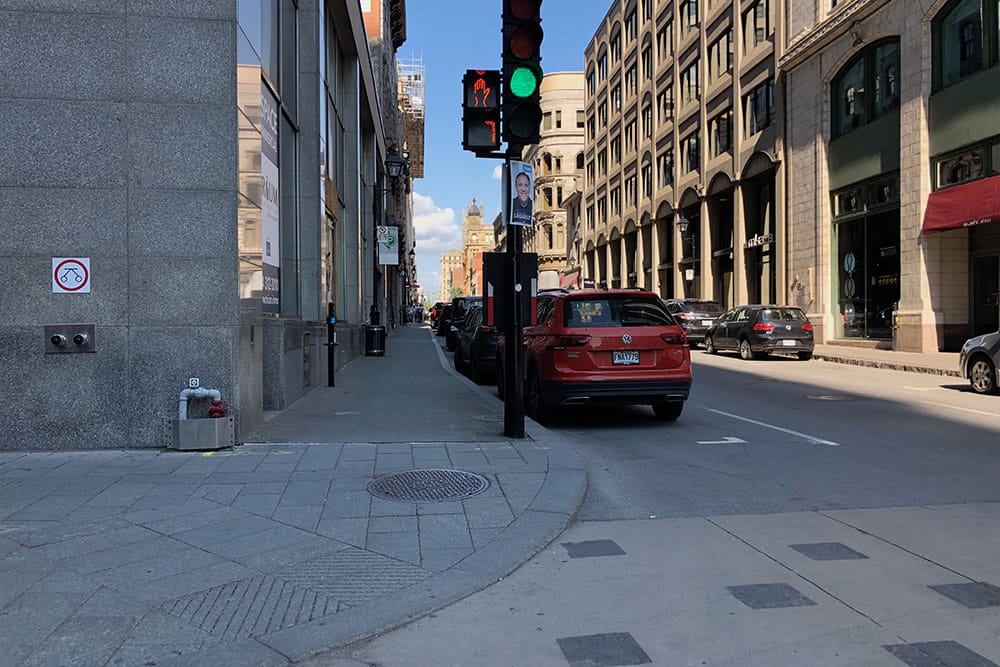
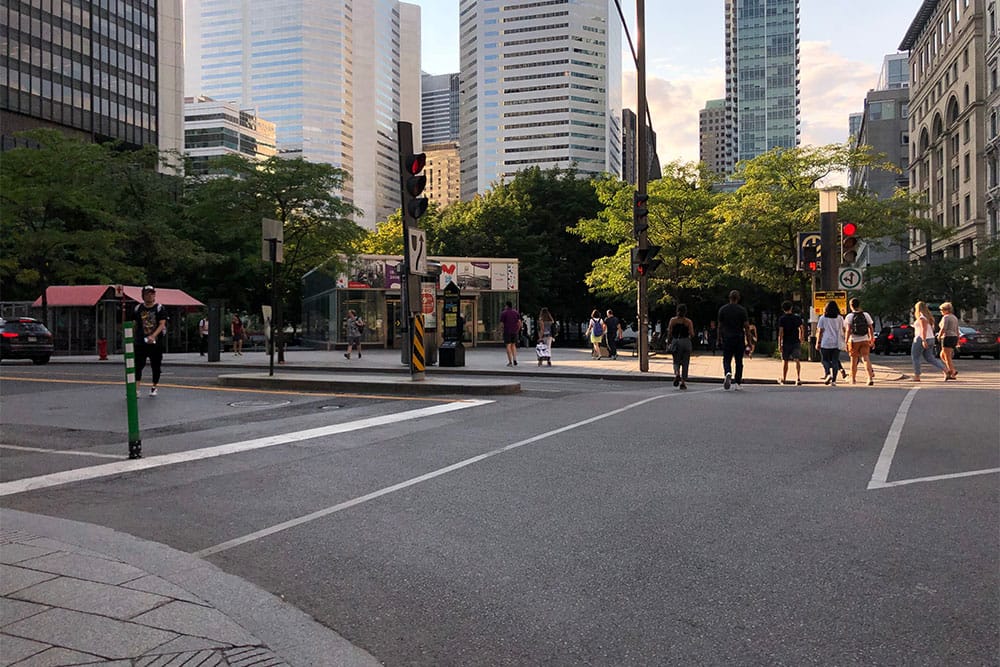
Most crosswalks were marked by painted lines or a differentiated paving surface (such as bricks, cement or colored tiles).
In Old Montreal, I encountered several sidewalks on historic streets that were too narrow to be used by a wheelchair. In having wheeled more than 20 miles of distance on Montreal sidewalks, I can say that such sidewalks are true outliers. They are also located on streets with minimal traffic activity.
Downtown Montreal is largely flat, but there are a few areas where the streets and sidewalks are steep. This should not affect your exploration of the city too much. For power wheelchair users, it will not pose any problem.
Public Transportation
The Montréal public transportation system consists of city buses and a subway. It is only partially accessible, but can still be used to get around the city as a wheelchair user.
City Bus
Riding the city bus in Montreal is easy, now that all buses are wheelchair accessible.
Buses have a wheelchair ramp at either the front or rear door of the bus, which is activated electronically by the driver. Most buses have space for only one wheelchair, but new buses entering the fleet beginning in late 2017 are equipped with two.
For a complete list of Montreal city bus routes, click here.
Metro Train
The Montreal Metro system consists of four lines (Orange, Blue, Green and Yellow) and 68 stations. Modeled after the Paris Metro, Montreal’s metro system opened in 1966 and now has the third highest ridership in North America, behind the New York City Subway and Mexico City Metro.
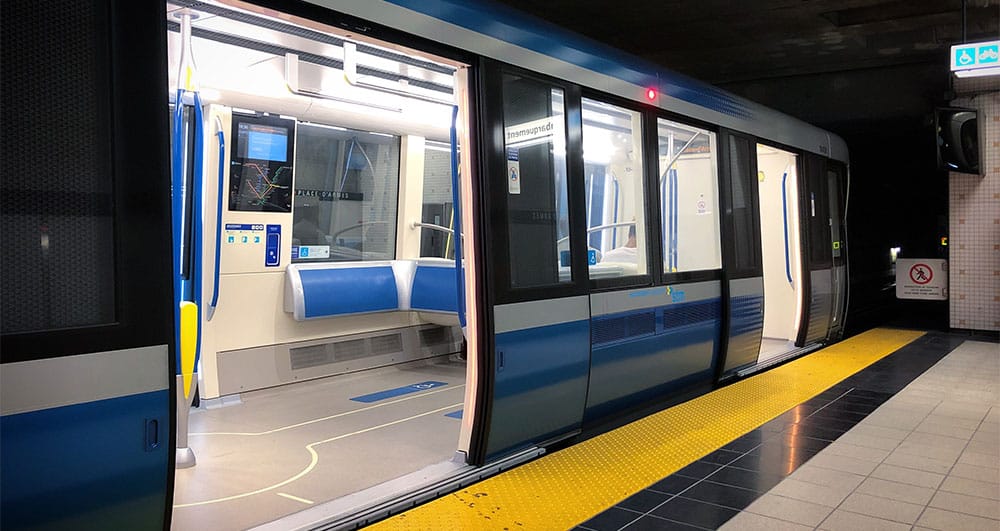
Accessibility was put off for many years, and the first accessible stations did not open until 2007. Today, only 13 of the system’s 68 stations offer wheelchair access. The accessible stations are all on the Orange Line, offer elevator access from street to platform and are listed below:
- Berri-UQAM
- Cartier
- Champ-de-Mars
- Côte-Vertu
- De la Concorde
- Du Collège
- Henri-Bourassa
- Jean-Talon
- Lionel-Groulx
- Montmorency
- Place-d’Armes
- Rosemont
- Snowdon
New trains are being rolled out across the system and are already operating on the Orange Line. The train car pictured above has large wheelchair spaces and level-entry boarding with a minimal gap between station and platform.
For wheelchair users who may need a little extra assistance riding the metro, it is possible to be accompanied by a STM employee during your journey. Employees are available to help you:
- Take the elevator to the platform level
- Enter and exit the first métro car using the portable access ramp
- Take the elevator to the ticket booth level at your destination
Although I did not face any issues riding the Orange Line and getting around with my power wheelchair, it is nice to know that this help is available to those who may need it. To request the assistance, go to the ticket booth and the agent will call-in your request. Since there is no staffed ticket booth at the Côte-Vertu and Du Collège stations, a telephone is provided to request assistance. Just pick up the phone and you will be connected. Wait times for the staff member escort can vary.
To review a map of the metro system, click here. To read about work that is planned to improve station accessibility on the Montreal Metro, click here.
Fares & Passes
The following fare and pass options are available on the Montreal public transit system:
- Single trip including transfers (valid for 2 hours) — $3.25
- Two trips including transfers (each trip valid for 2 hours) — $6.00
- 10 trip ticket including transfers (each trip valid for 2 hours) — $28.00
- Unlimited evening pass (valid 6 p.m. to 5 a.m.) — $5.25
- Unlimited weekend pass (valid 4 p.m. Friday to 5 a.m. Monday) — $13.75
- Unlimited day pass (valid 24 hours from first use) — $10.00
- Unlimited 3-day pass (valid for 3 consecutive calendar days) — $19.00
- Unlimited weekly pass (valid from Monday to 11:59 p.m. Sunday) — $26.25
All of the unlimited passes include access to the 747 airport bus route with the exception of the unlimited evening pass. Note the validity of the unlimited weekly pass, which is valid only for the current calendar week (Monday to Sunday).
Single ride tickets can be purchased on the city bus, while all other fares and passes can be purchased from a fare vending machine, station attendant or at a STM point of sale. To search a directory of sale locations, click here.
Tickets and passes can be loaded onto the reloadable OPUS card, which is valid on nearly all transit systems in the Province of Quebec, including in Quebec City. For more information on the reloadable card which costs $6, click here.
Tourists may benefit from Passeport MTL, which provides access to 28 attractions and unlimited use of public transit for 2 or 3 days. More information is available at www.passeportmtl.com.
Montréal Airport

Montréal–Pierre Elliott Trudeau International Airport (YUL) is the busiest airport in Québec and the third-busiest in Canada. In 2017, the airport served more than 18 million passengers.
Trudeau Airport has only one terminal. Disability assistance services should be requested prior to travel and through your airline. Consult this list of wheelchair assistance contacts at major airlines. Wheelchairs can be gate-checked (and returned) to passengers at the aircraft door, whether departing or arriving on a domestic or international flight.
More information on accessibility and disability assistance is available at the Montreal Airport website.
International Arrivals
Travelers arriving to the airport from abroad will be required to pass through immigration and customs. There is a priority lane for wheelchair users at the immigration checkpoint, and the process took less than 10 minutes.
International Departures
Passengers departing on an international flight go through the same process and security checkpoint as domestic passengers, with the exception of travelers departing for the United States.
U.S. Customs and Border Protection has designated Montreal Airport as a pre-clearance facility, meaning passengers will go through passport control and customs at YUL, rather than the U.S. point of entry. As such, it is important for U.S.-bound passengers to arrive at least two hours before scheduled departure (airlines recommend 3 hours).
Expedited security screening and passport control is offered to those with Global Entry, but expedited security is only available to those who show their Global Entry ID card.
Montreal Airport Bus
The public transit connection between YUL Airport and Downtown Montreal is the route 747 shuttle bus. The 747 airport bus operates 24 hours a day, 7 days a week and is wheelchair accessible via a ramp at the front of the bus.
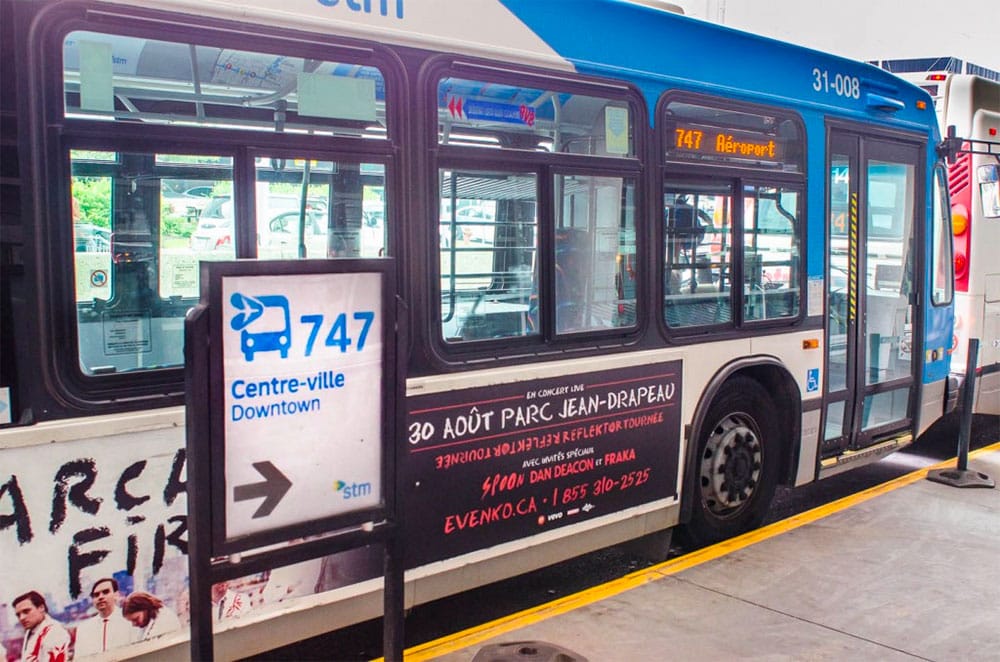
The route consists of 11 stops, with the downtown terminus at Montreal’s central bus station. The entire journey takes between 45 and 70 minutes, depending on traffic conditions.
The fare for the airport bus route is $10 CAD and includes a 24-hour unlimited ride pass for the Montreal metro and bus system. The fare must be purchased from a ticket kiosk at the airport (or metro stations in the city) or paid using coins only on the bus. For more information on tickets, passes and to see a complete route map, visit www.stm.info.
Travel Visa Requirements & Safety

Under Canada’s agreement with the United States, U.S. passport holders are granted a visa exemption for stays of up to 180 days for tourism and many business activities.
Entry into Canada using the visa exception for United States citizens requires the following:
- A valid passport with validity for the duration of your stay.
- One blank passport visa page.
Depending on the port of entry, Americans may be required to complete an immigration arrival card when entering Canada, which will request personal information including your name, date of birth, passport number, occupation, purpose of travel and the address of your hotel or accommodation. Immigration officers at the Canadian border may ask you a series of questions to engage you in small-talk, so be prepared for that.
Travel Safety & Advisories
For the most up to date and detailed information on the safety of travel to Canada, read the country report authored and released by the United States Department of State at www.travel.state.gov.
Resources in an Emergency
If you encounter a medical emergency or are a victim of a crime in Montréal, contact the local authorities immediately. Dial 9-1-1 to reach local police, fire or ambulance services.
The U.S. Consulate General in Montréal can also be a resource to Americans. It is located at:
1155 St. Alexander Street
Montréal, Québec H3B 3Z1
Canada
Contact information is listed below:
Phone: +1 (514) 398-9695
Phone (24-hours/Emergency): +1 (416) 645-9124
E-mail: montreal-ACS@state.gov
Website: https://ca.usembassy.gov/embassy-consulates/montreal/
The Consulate General is easily accessible via public transportation, with many bus stop located within one block of the building. The consulate is on the corner of St. Alexander Street and René-Lévesque Boulevard, diagonally across from Saint Patrick’s Basilica.

